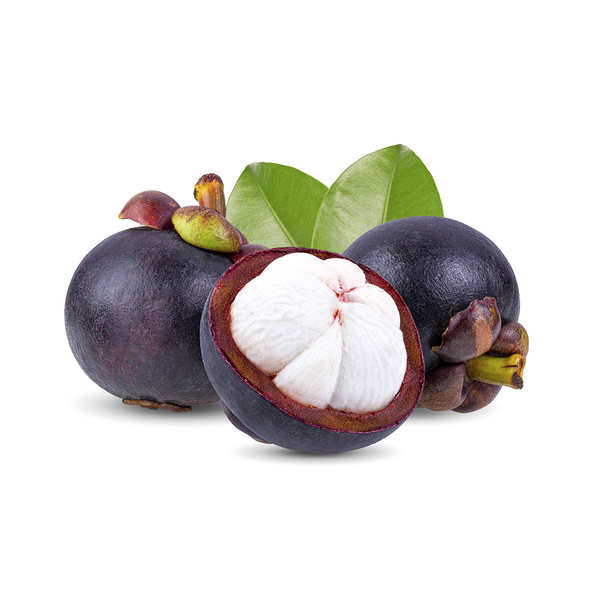Seasonal Fruits that are in season during ber months in the Philippines

Although the Philippines is abundant in fruits all year long, each fruit has its known regular harvesting season. This is due to the nature of fruits as to which weather do they agree to thrive and sprout. Due to the seasonality, you wont be able to buy certain fruits in certain time of the year.

They only bear fruit during its season
The Philippines only has two seasons: dry season and rainy season. Temperature, hot or cold. These are the probabilities of environmental conditions fruit-bearing trees in this country can live on:
- Dry and cold
- Dry and warm
- Wet and cold
These environmental conditions play a vital role in the trees’ fruit production (light, humidity, and temperature). Some would produce minimally during off-season while others won’t bear any fruit at all.
In-Season Fruits get quite affordable
The concept of supply and demand applies in the pricing of seasonal fruits. Its during certain months of the year depends on the supply production. There’s always a demand for certain fruits, but since only a few are produced, they are valued more and priced higher. With lots of supplies available during its season, farmers and distributors can downplay the prices for their profitability.
Seasonal Fruits Tastes The Best
Aside from the environment being an essential factor in fruit production, the climate also plays a vital part in the quality of fruits produced. While some trees produce fewer fruits during off-season, they taste less sweet than they should be compared to it on its peak season. The texture also differs during off-season versus peak season. For example, mangoes are in season from March to June during the dry summer season. Once the rainy season starts, you’ll notice that mangoes produced during the wet season might contain white lumps inside.
Ber-Months Favorites
So now that we’re only a few weeks away from the year-end festivities, what fruits can we find present in stalls to our tables for the celebrations? According to local fruit vendors, here are the in-season fruits Filipinos love to buy during the Ber-months:
Santol
Santol, or cotton fruit in English, bears fruit from July to September. Although it originated from Laos and Cambodia, there are also plenty of santol trees growing all over the Philippines. Both the seeds and the flesh can be eaten. Mainly, the seeds are consumed for its sweet and fibrous, cottony texture. You must not throw away the flesh because this can also be cooked as ginataang santol, or santol in coconut milk. The flesh is grated, squeezed out of all its liquid, and cooked with coconut milk, shrimp paste, and chili. This dish is popular in the Bicol region.
Rambutan
Rambutan is a round red fruit with soft, spiky hairs and is in season from August to October. The main star of this fruit is the seed. What you eat here is the transparent flesh covering the seed, which tastes similarly to lychee.

Mangosteen
Mangosteen might not be a regular sight at supermarkets, but you will find them more in dry markets outside. There are plenty of produce from June to November. Mangosteen is a deep purple round fruit with seeds similar to santol.
Lanzones
Lazones are light yellow bead-like fruits clumped together in a stem, like grapes. The edible part is the transparent flesh. It should taste sweet during its season from August to November, and you’ll be unfortunate to get the sour ones outside those months. Avoid biting on the seed, though, because it has an unpleasant bitter taste.
Guyabano
Guyabano, or soursop in English, is a green spiky fruit in season from August to November. This fruit has high water content with a smooth and creamy flesh, that it can be made into slushies and juices. Apart from its sweetness, guyabano also has several health benefits such as high fiber content for healthy digestion, anti-carcinogen, antioxidants, blood pressure stabilizer, anti-inflammation, and antibacterial effects for healthier gums and teeth. Because of its health benefits, the Philippine government initiated a guyabano farming project in Atimonan, Quezon in 2017 as a stimulus for MSMEs.

Durian
There’s always a debate on the pleasantry of durian. In fact, some airports wouldn’t allow carrying this in the aircraft because of its strong odor. Davao City boasts itself as the Philippines’ durian capital of the country. Durian trees bear fruit starting August until October.
Atis
Atis has a shape similar to an apple, but in order to eat this, you need to pick out its seeds one by one and consume the flesh covering them. It has a sweet, custardy taste, and is in season from September to December.
Dalanghita
The Philippines has its own produce of orange called dalanghita. Its other names are Mandarin orange and ponkan orange. There are other varieties of oranges in the Philippines like dalandan, but dalanghita is sweeter. It’s also one of the healthiest fruits and is a good source of vitamin C. Vitamin C helps in boosting the immune system and improves skin elasticity. You can get the best dalanghita from October to December of each year.

Dragon fruit
Dragon fruit was an uncommon fruit but slowly became popular over the years. It has a combination of sweet and sour taste, and has high water content similar to pears. Its health benefits include high fiber content for healthier digestion, antioxidants, and insulin resistance reduction. It is mostly available from June to November, but can extend up to December.
The Good Produce Gift Basket Choices
Sourcing for seasonal fruits and arranging fruit baskets can be quite a tedious task. Our company, The Good Produce, is an online delivery platform offering fresh fruit delivery service within Metro Manila. Through our online platform, you can select the specific fruits and the quantity of each item, and have them delivered to your address. To ensure that you get the freshest and best quality produce, you can schedule a video call with us to check the quality of each piece. Whenever your company needs a fruit delivery service, The Good Produce is the online delivery platform to go. Simply go to our website at (link) to place your order and book an online appointment.




